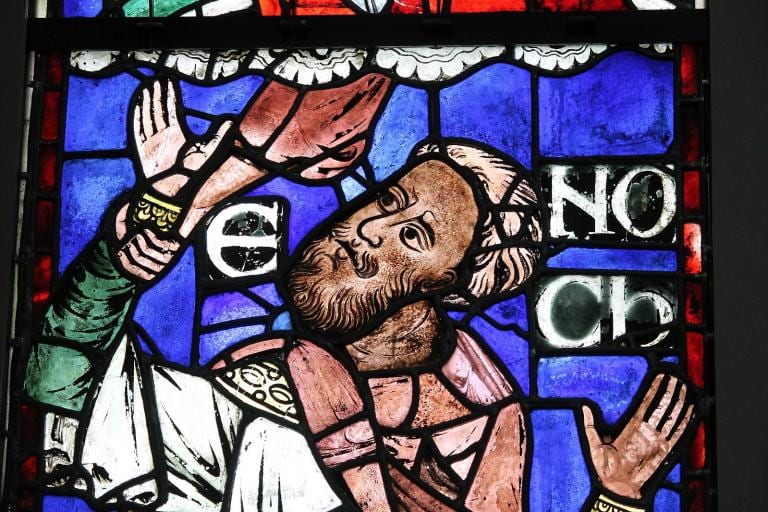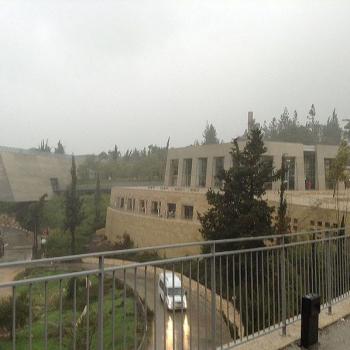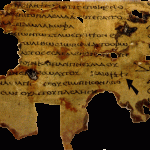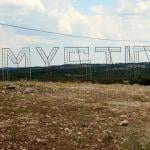
***
Two new pieces went up today on the website of the Interpreter Foundation. The second of them is an entry on the Interpreter Foundation’s blog, while the first appears in Interpreter: A Journal of Latter-day Saint Faith and Scholarship:
Mack C. Stirling, “Job: An LDS Reading”
Abstract: Mack C. Stirling examines the well-known story of Job, one of the literary books of the Bible and part of the Wisdom literature (which is heavy in temple mysticism and symbols), and proposes the story follows the temple endowment to the T. Following Hugh Nibley’s lead in The Message of the Joseph Smith Papyri, the temple endowment is not discussed. Stirling focuses only on Job’s story, drawing on analysis of literary genres and literary tools, like chiasms, focusing on the existential questions asked by the ancient author. Doing this, he concludes that Job’s is a story about a spiritual journey, in which two main questions are answered: “(1) Is it worthwhile to worship God for His own sake apart from material gain? (2) Can man, by coming to earth and worshipping God, enter into a process of becoming that allows him to participate in God’s life and being?” What follows is an easy to read exegesis of the Book of Job with these questions in mind, culminating with Job at the veil, speaking with God. Stirling then discusses Job’s journey in terms of Adam’s journey — beginning in a situation of security, going through tribulations, finding the way to God and being admitted into His presence — and shows how this journey is paralleled in Lehi’s dream in the Book of Mormon (which journey ends at a tree of life). This journey also is what each of us faces, from out premortal home with God, to the tribulations of this telestial world, and back to the eternal bliss of Celestial Kingdom, the presence of God, through Christ. In this way, the stories of Adam and Eve, of Job, and of Lehi’s dream provide a framework for every human’s existence.
[Editor’s Note: Part of our book chapter reprint series, this article is reprinted here as a service to the LDS community. Original pagination and page numbers have necessarily changed, otherwise the reprint has the same content as the original.
See Mack C. Stirling, “Job: An LDS Reading,” in Temple Insights: Proceedings of the Interpreter Matthew B. Brown Memorial Conference, “The Temple on Mount Zion,” 22 September 2012, ed. William J. Hamblin and David Rolph Seely (Orem, UT: The Interpreter Foundation; Salt Lake City: Eborn Books, 2014), 99–144. Further information at https://interpreterfoundation.org/books/temple-insights/.]
And here, from Professor S. Kent Brown, is a new entry on the blog of the Interpreter Foundation:
Posted from Williamsburg, Virginia












